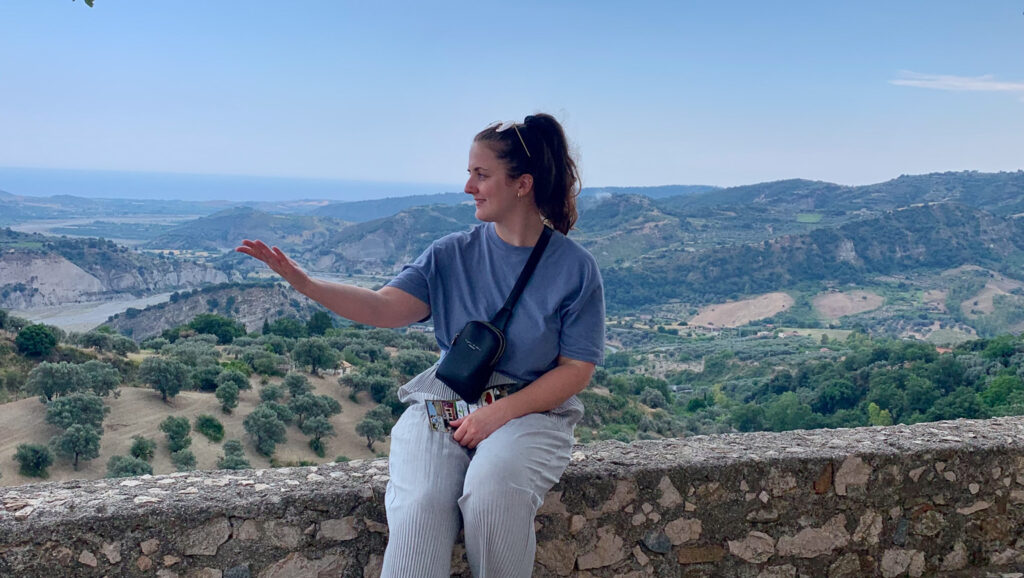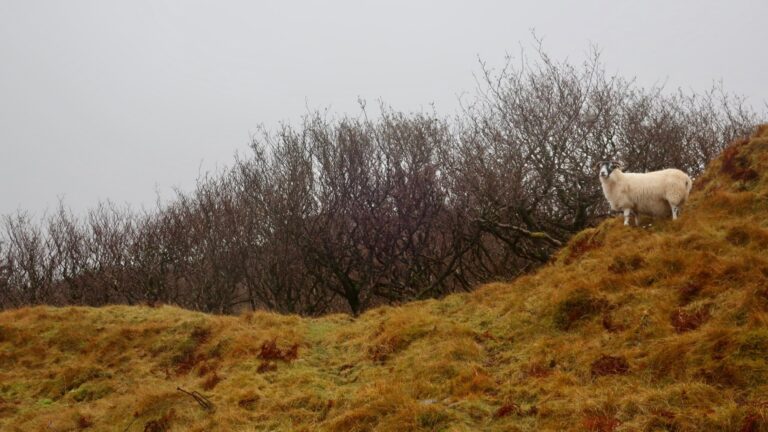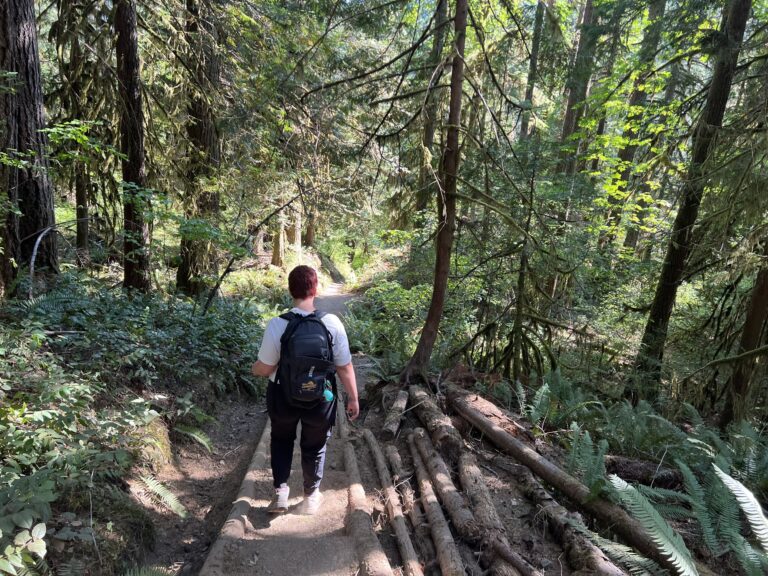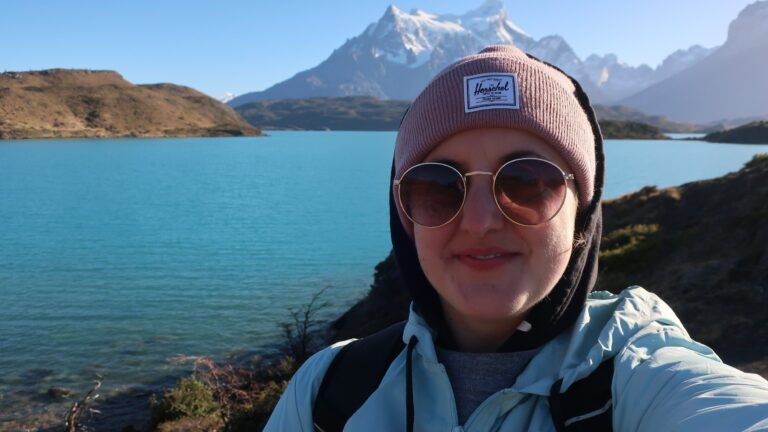8 Tips for Planning a Solo Trip

I’ve traveled solo to over 12+ countries across four continents over the last 10 years. For many, traveling alone, especially as a woman, is incredibly daunting and the fear of it holds you back from taking that step into what could be a life-changing adventure.
In my opinion, solo travel is one of the best things you can do for yourself (and, in a way, for others – yes, I went to Bali solo for you… jk). Seriously though, travel in general is an eye-opening experience but alone? That’s a whole new level of self-awareness. Solo travel teaches you to be kinder to others, helps you hone your street smarts, forces you to meet new people, allows you to try new things, and ultimately, pushes you outside your comfort zone in the best way possible.
So, if you’re planning a solo trip for the first time or you’ve gone on a few but are looking for ways to improve your experience, here are a few tips I’ve learned over the years to help you become a solo traveling guru.
Do Your Research
This is tip numero uno for all trips but especially for when you’re planning a solo adventure. Google and social media are your best friends for uncovering what countries and regions are not only safest for solo travelers but best suited for it. I often search for things like: “best travel destinations for solo travelers” and “safest countries for female travelers” to help narrow down my “playing” field.
Once you have a list of locations that tickle your fancy, check for any travel advisories. Sites like this one from the US Department of State will let you know if there is any unrest or overall safety concerns for any countries you may be considering. Don’t lose too much sleep over it though, there are often plenty of low-level alerts on countries that are safe to travel to solo. Just keep an eye out for bigger warnings or if there are specific sections of a country you should avoid entirely.
Lastly, before you book anything, make sure you research the best times of year to visit these spots. Remember that you could be leaving summer wherever you are and heading for winter in another part of the world. Also, plenty of locations have off-seasons where shops close down and many tourist attractions aren’t open – which is no fun, especially after you’ve spent the time and money to get out there.
Have a Budget
One of the biggest comments I see from people regarding travel in general, is money. Everyone assumes they don’t have it when in fact, you can travel to many places at relatively low costs. Booking trips slightly off-season, keeping an eye out for travel deals, booking budget hotels (or hostels), and using credit card points or miles, are just a few ways you can snip some of those pricier tags off of your trip.
The key here is to know your number and stick to it. Whether you have $200 or $2,000, the key is to prioritize what you want to get out of the trip and what elements you’re willing to spend more money on. If you must fly business class or higher, you might need to heftily pare down your other trip expenses. If you want to eat out at nice restaurants for every meal, you might have to cut out an activity or two.
It sounds ridiculous but I almost thrill at spending as little as possible on trips. Not always, cause that would be no fun, but it is amazing to see how much you can do, on very little. A great way to stretch your brain while also checking your privilege!
Digital Documents Are Your BFF
When I tell you I am obsessed with most of the Google Suite for trips, I kid you not. Obsessed. I save restaurants, attractions, galleries, and anything in between that looks of interest in lists on my maps. This is always especially helpful when I’m anywhere offline and trying to find my way to my next destination. I plan out most of my trips between Google Sheets (especially for budgeting) and Documents, which are great for linking helpful blog articles or the address of your next stay, and pulling them up wherever you are when you need a reminder. I cannot tell you how many times I reference these documents while on a trip or share them as backups to keep family and friends comforted.
Map it Out
Once I’ve narrowed down my country and region, I start researching the best towns and/or routes to take to see it. Searching how many nights you plan to spend and where you are going (ex: “4 Days in London”) will pull up a plethora of articles recommending the best stops and ways to see them. This is where I pull up the Google Maps app on my phone, create a list for this trip, and start saving places to it. As you do this, you’ll slowly see potential routes start to form. Don’t be afraid to over-save either – you never know when you’ll hit a rainy day and need some inside activities that might otherwise have been skipped.
Know How You’re Getting There (and Around)
Maybe you live in the U.S. and want to take a train across Canada, maybe you want to road trip around Utah, or maybe you’re backpacking South America. How are you getting from point A to point B? The first hurdle is how you get to your starting location. Plane? Car? Cruise? But from there, how are you moving from one place to the next? Maybe you’re booking a guide who will handle all of that – personally, I’m a control freak and at the moment fully guided trips just aren’t my thing. If you’re road-tripping (my personal favorite) where are you renting your car from? Make sure you know where you’re dropping it off too.
All this goes back to point number one, research. Personally, I found it really easy to rent a car out of Dublin, drive around Ireland, and bring the car right back to where I picked it up from. But then to see Utah, I found that picking it up from the airport in Salt Lake City and dropping it off in Vegas made more sense. A quick callout on car rentals, when renting outside of the U.S. if you can only drive an automatic (my greatest shame) be 100% clear that you must rent an automatic. Sadly this usually costs you more but better than getting to the car rental desk to find that you booked a car you cannot drive. For my last example, especially in regards to how much time you have to spend, knowing all your options for transport is key. When I backpacked South America I would bus within a country (except Chile cause she long) but chose to spend the money to fly from one country to the next. More often the flight is more expensive but not always – like a flight from Buenos Aires to the Iguazu Falls is around the same price as a long bus ride, crazy!
Phone a Friend
Not literally, some people don’t like that (by some people I mean me) but use your contacts to your advantage. If you know 0 people who’ve traveled, then make some new social media BFFs (even if they live on the other side of the world). Reach out to anyone and everyone who may have visited a place or known someone who has, for their advice. Even reach out to people who maybe haven’t been but can either offer their own travel wisdom that could apply or they might know someone in the area that they could hook you up with for guidance or a coffee date. I have no shame in reaching out to people or connecting with others for the best travel experiences. After you’ve had a stay where you wished you would have known [insert thing you wish you would have known], you be a master question asker too.
Understand Cultural Differences
This is especially key when it comes to packing in particular and, sadly, especially true for women as many cultures have more rules for us. For example, when I visited Bali, I wasn’t allowed in any temples if I was on my period. Don’t get me started. Or when I went to the Vatican you couldn’t have your shoulders or above the knees shown, which is true of many churches. Luckily I’d packed a long scarf I could wrap around my waist.
Additionally, this also applies to social activities, hours of operation, and mannerisms. In Buenos Aires, their days start late and their nights go early, which was killer for me as an early-to-bed, early-to-rise gal. When I was in Ecuador, most shops and restaurants were closed before sundown for security reasons. Sometimes you won’t know these customs until you arrive but there will be plenty that a little research can call out for you.
Check Your Travel Restrictions
Don’t be the person checking in for your flight only to discover that your passport is within months of expiration and you cannot get on the plane. Knowing any travel restrictions (think passports, visas, vaccinations, etc.) ahead of your travels can literally change the course of your travel trajectory. Also, just stay on top of your passport expiration ok? Those bad boys can take a minute to renew.
Set-Up Your Fail Safes
Once you’ve handled all of the above, call in the back-ups:
- Make sure you have at least two credit cards and a debit card on you. Don’t keep these all in one place (or risk losing them all as one if something happens to your wallet)
- Share those beautiful digital documents with at least one person who is not on your trip (but who you would trust to have the best chance at finding you if something were to go wrong)
- Speaking of finding you, share your location through an app like Find My Friends with a few people. At a minimum, this helps them know you landed and/or made it where you said especially when you haven’t been able to answer their panicked texts yet.
- Check with your banks to see if you need to alert them of your trip and if you need any pin numbers to use your cards overseas. This is rare but better to be safe than have an unusable card.
- If you’re traveling from the United States, enrolling in the STEP program through the U.S. Embassy while you’re abroad is a great safety net. It allows the Embassy to better assist you in an emergency. I don’t always do this but when I’m going to be gone for a longer duration and/or to a place with higher risk, it’s a must.
- Don’t forget about your phone. Honestly, if someone robbed me and I could choose between losing my wallet and my phone – take my wallet. I recently was introduced to airalo while I was in Scotland, which offers eSIM data plans in over 200+ countries and is super easy to install. Regardless of what you use, it’s best to have some international service on your phone in case of an emergency.
- Lastly, travel insurance. You truly never know what might happen so having some security for a relatively reasonable price can be worth the peace of mind. Pay close attention to coverage details! A lot of insurances have coverage restrictions on the length of time away from your home country not to mention understanding the standard basics of what even is covered. I recently used SafetyWing while I was backpacking in South America. I did have a deductible so sadly my stomach issues were not covered completely but still worth it. Also, World Nomads comes highly recommended by many. One of my friends also recommends the Allianz travel insurance which offers an annual plan, which can be a great option for those who travel often (but for trips less than 45 days at a time).
I hope you have the best time on your solo adventure and be sure to follow @accentgolden on social for travel itineraries, tips, and more!






